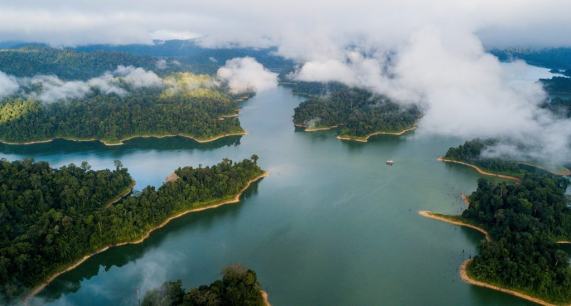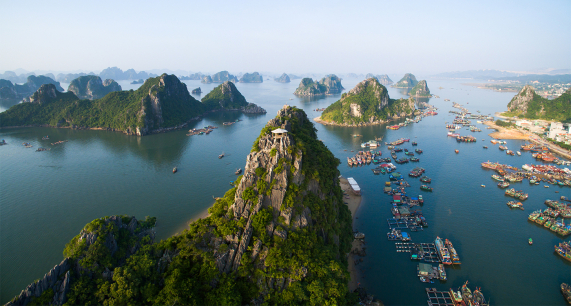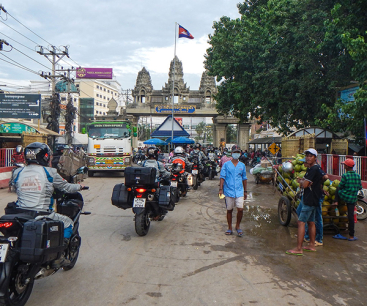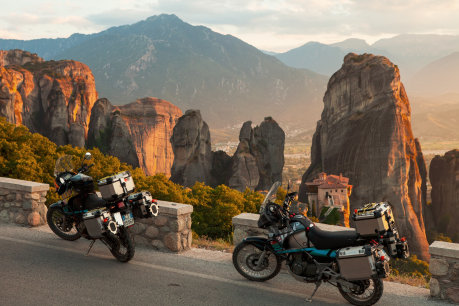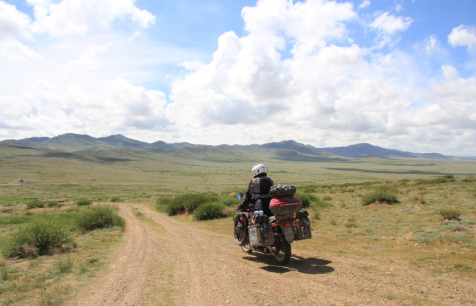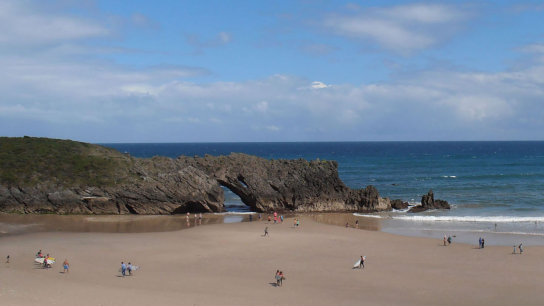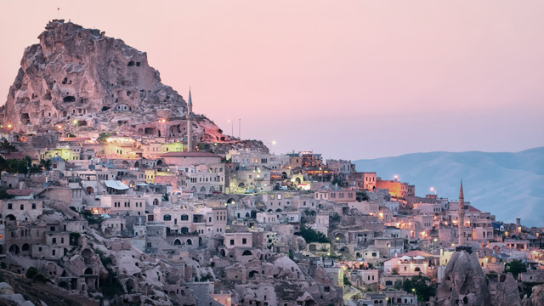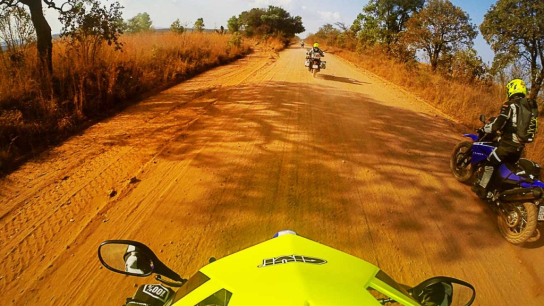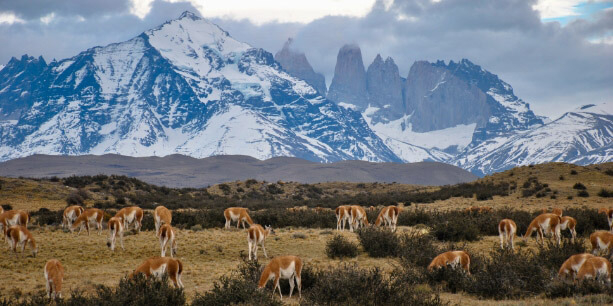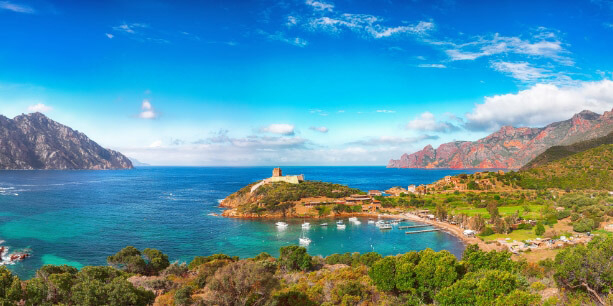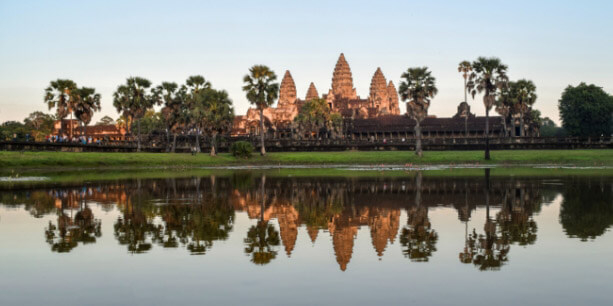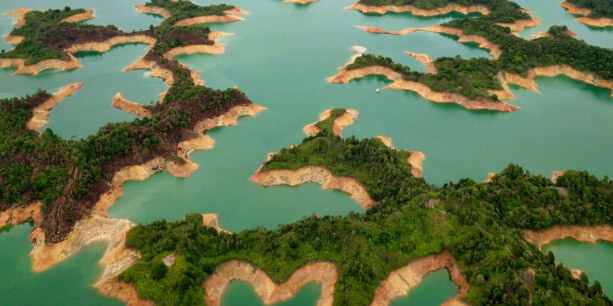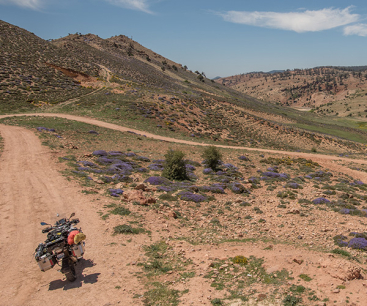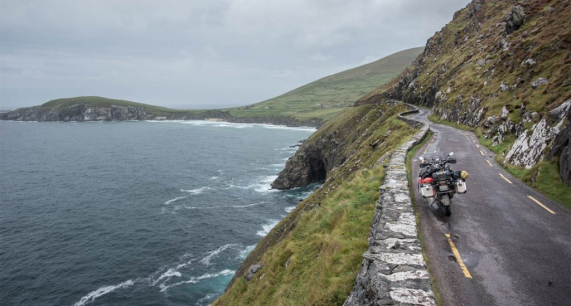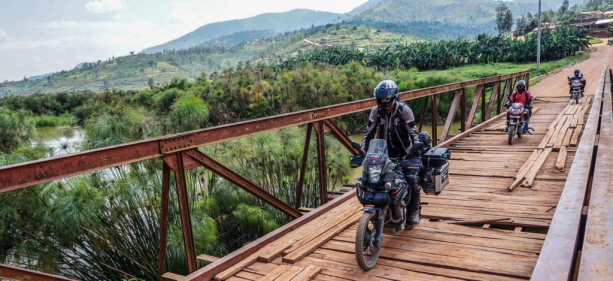Advice for every destination
Practical Info for Each Country
From visas to vaccinations, what you need to travel by motorcycle in every part of the world
How much residual validity do you need on your passport to enter Thailand? Which vaccinations are recommended for a trip to Tanzania? What’s the currency in Peru? GIVI Explorer aims to provide complete support for all its travellers. For this reason, our staff periodically review the data sheets for the countries visited by its motorcycle explorers, so that our readers always get up-to-date, useful info.



